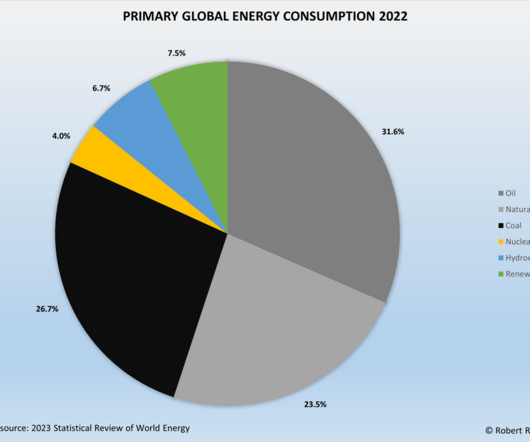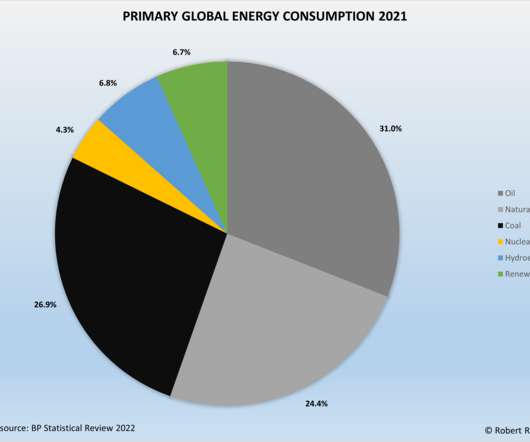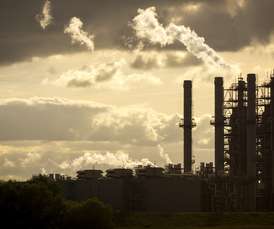New York?s Energy Transition (and Challenges) in 5 Charts
GreenTechMedia
JUNE 10, 2020
Grid operators around the world are unusually busy these days, but few have quite as much on their minds as NYISO, the independent system operator that manages New York state's bulk power system and wholesale energy market. percent in 2018, and hitting 100 percent zero-carbon emissions by 2040. Source: NYISO. Source: NYISO.















Let's personalize your content